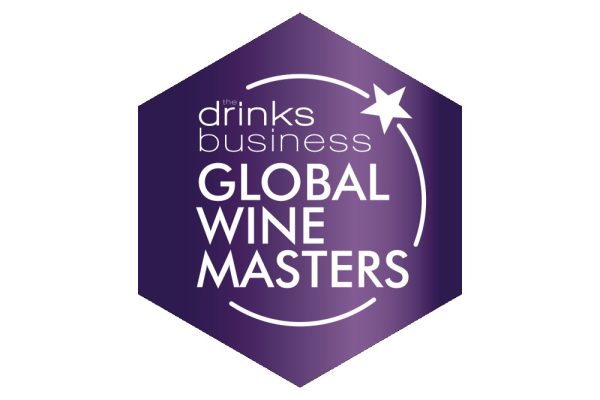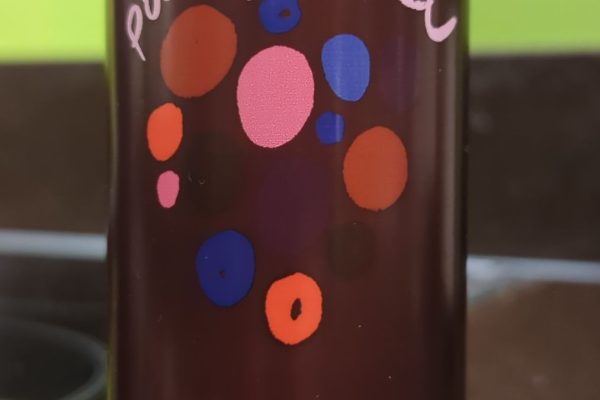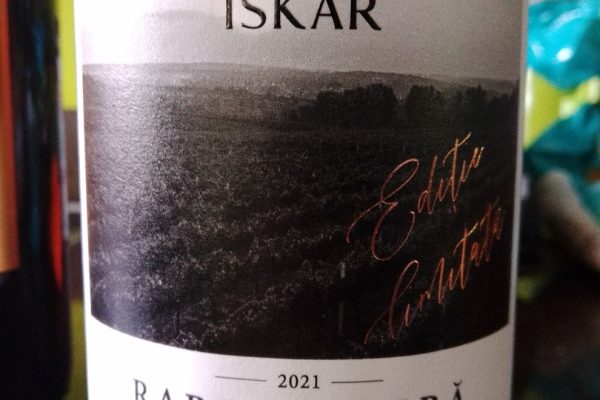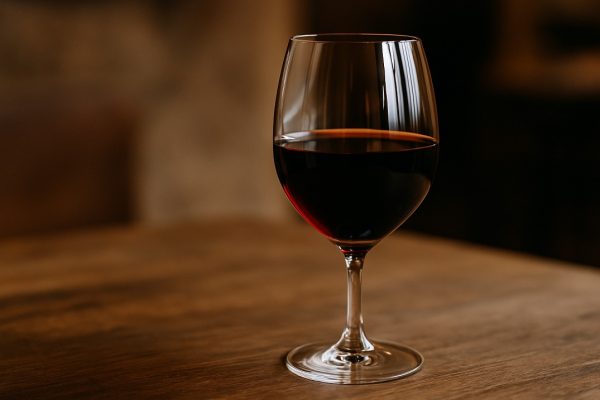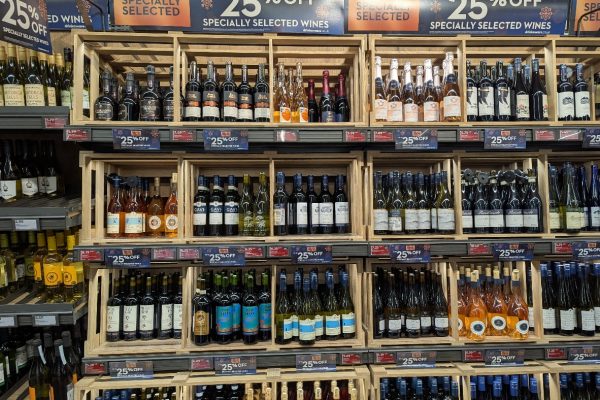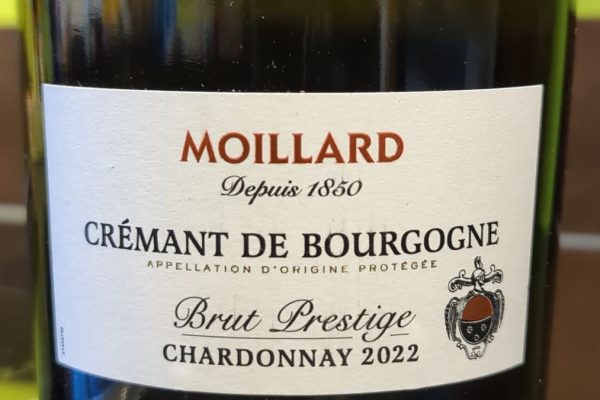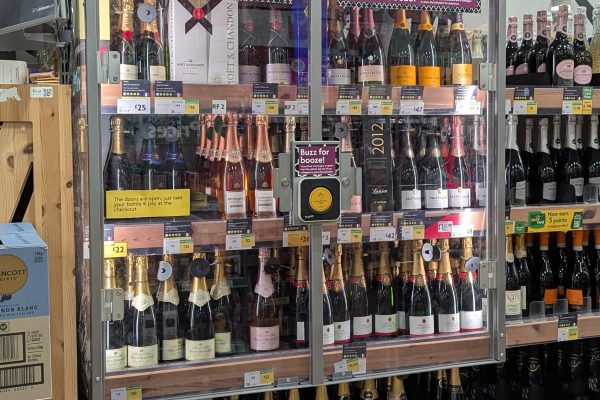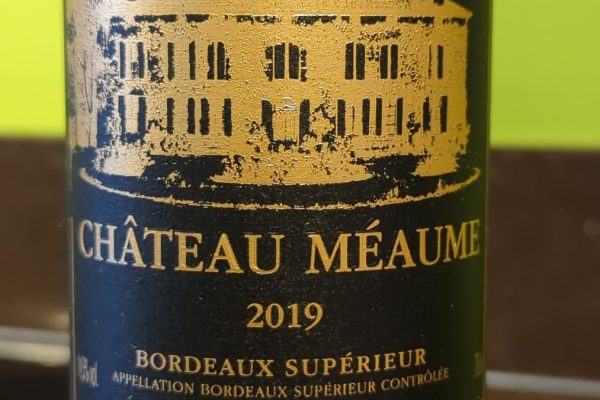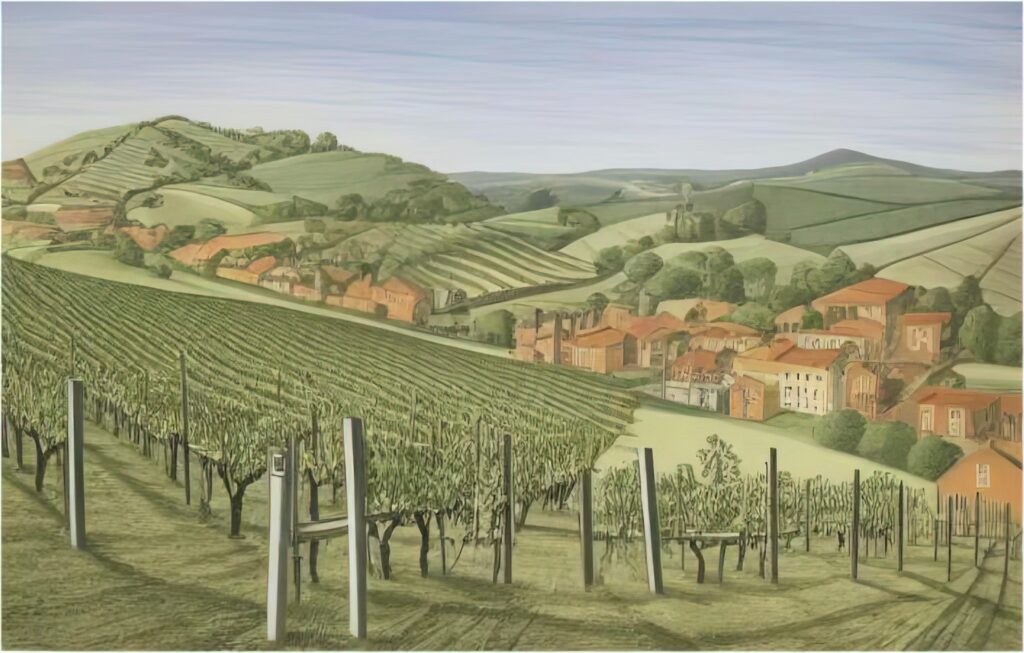
The top of Italian wine classification is the Denominazione di Origine Controllata e Garantita (DOCG). Wines under this category have undergone the most stringent regulations. They come from precisely delineated regions and have passed a meticulous taste examination and chemical tests. The regulations encompass aspects ranging from grape varieties and wine production methods to specific ageing requirements.
Below DOCG in terms of rigidity is the Denominazione di Origine Controllata (DOC). Wines under this classification still signify high quality and originate from designated regions. They must conform to a set of stipulations concerning grape varieties, yield caps, wine production techniques and ageing.
The Indicazione Geografica Tipica (IGT) classification was introduced in 1992. It was a reaction to the increasing number of quality wines that didn’t align with the DOC or DOCG categories. This misalignment was often due to the use of unconventional grape combinations or because they were from regions not acknowledged under the older system. IGT wines can originate from expansive regions, specific zones or even individual vineyards.
The most rudimentary classification is Vino da Tavola (VdT), which translates to ‘table wine’. Wines under this category aren’t bound by the stringent guidelines of the classifications mentioned above.
On an Italian wine label, you can encounter terms beyond just the classification. “Riserva” indicates that the wine has seen extended ageing, often in both barrel and bottle with the exact criteria varying by region and classification. “Classico” points to the “classic” or original centre of a wine-producing region. Meanwhile, “Superiore” often suggests that the wine has a higher alcohol content, might have been aged for a more extended period or that the grapes are sourced from superior vineyard sites.
Wines with a higher classification can generally command higher prices. This can sometimes incentivise producers to aim for a higher classification, not necessarily for taste but for economic gain. While the DOCG classification was initially reserved for only the very best wine regions, over the years, more and more regions have been granted DOCG status. Some people might argue that this dilutes the value of the DOCG classification.
The result is that sampling a wide range of wines from various classifications, it can be sometimes challenging to identify a consistent link between taste and classification. Wine classifications are not always a guarantee of best taste. Taste is, in any case, personal. However, they do indicate increased regulation, quality and specificity.





